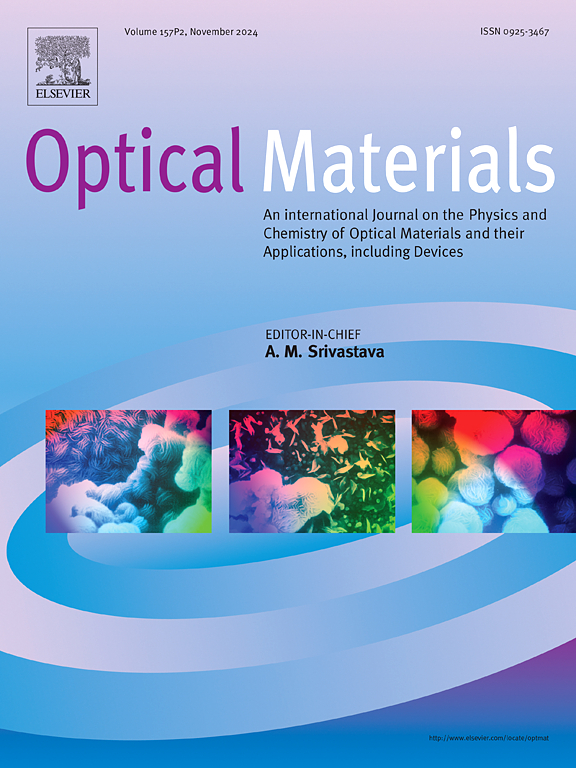Electrical and optical properties of Li3NbO4 material
IF 3.8
3区 材料科学
Q2 MATERIALS SCIENCE, MULTIDISCIPLINARY
引用次数: 0
Abstract
Rechargeable lithium batteries have rapidly risen to prominence as fundamental devices for green and sustainable energy development. They are now used as power sources for electric vehicles. However, material innovations are still needed to meet the growing demand for increasing the energy density of lithium batteries. This study explores new electrode materials, specifically Li3NbO4-based electrode for high-energy rechargeable lithium batteries.
Li3NbO4 ceramics has been prepared using the solid-state reaction method and sintered at approximately 1203 K. The materials were examined using X-ray powder diffraction (XRPD), scanning electron microscopy (SEM), optical analysis and impedance spectroscopy. The X-ray powder diffraction (XRPD) data confirmed the formation of a single phase with a cubic type of structure. The compound's semiconductor characteristics were verified by the optical measurement, indicating a direct band-gap value of about 2.52 eV. Additionally, impedance spectroscopy was employed to investigate the properties of this material, across a frequency range of 10−1 Hz–106 Hz and at temperatures ranging from 443 K to 633 K. The frequency behavior of AC conductivity, σac, was analyzed using the universal Jonscher law.
Charge transport studies indicated that Li3NbO4 adheres to the correlated barrier hopping (CBH) model. A correlation between ionic conductivity and crystal structure was discussed. The modulus analysis highlighted thermally activated relaxation processes, with high-frequency charge carrier movement across short distances and low-frequency movement across longer distances. highlighted thermally activated relaxation processes, with high-frequency charge carrier movement across short distances and low-frequency movement across longer distances.
求助全文
约1分钟内获得全文
求助全文
来源期刊

Optical Materials
工程技术-材料科学:综合
CiteScore
6.60
自引率
12.80%
发文量
1265
审稿时长
38 days
期刊介绍:
Optical Materials has an open access mirror journal Optical Materials: X, sharing the same aims and scope, editorial team, submission system and rigorous peer review.
The purpose of Optical Materials is to provide a means of communication and technology transfer between researchers who are interested in materials for potential device applications. The journal publishes original papers and review articles on the design, synthesis, characterisation and applications of optical materials.
OPTICAL MATERIALS focuses on:
• Optical Properties of Material Systems;
• The Materials Aspects of Optical Phenomena;
• The Materials Aspects of Devices and Applications.
Authors can submit separate research elements describing their data to Data in Brief and methods to Methods X.
 求助内容:
求助内容: 应助结果提醒方式:
应助结果提醒方式:


